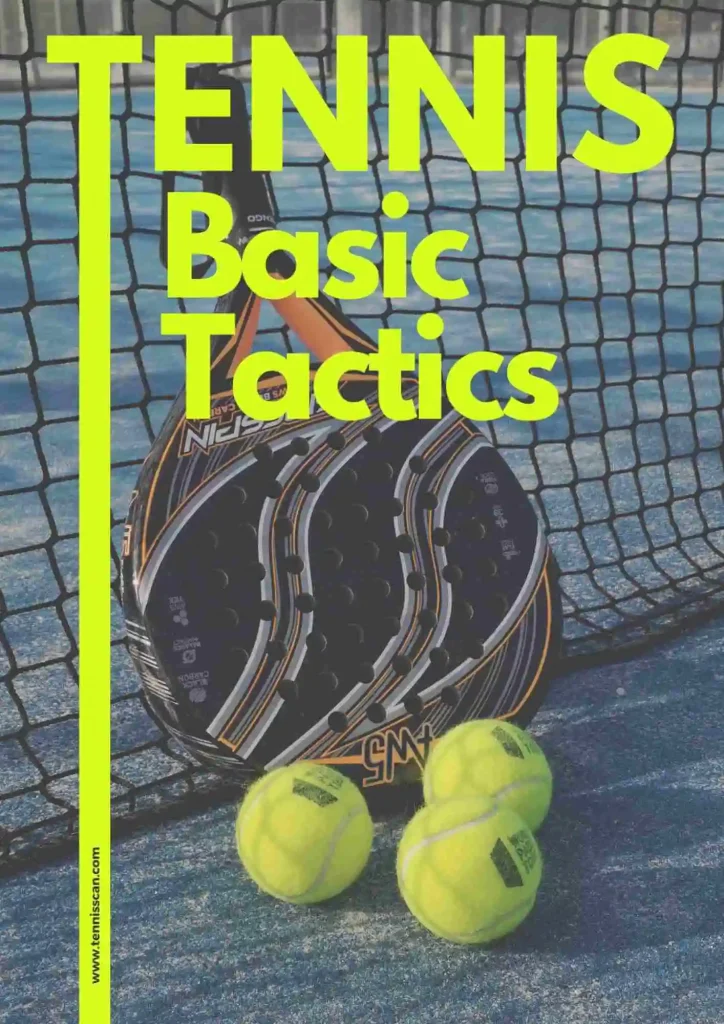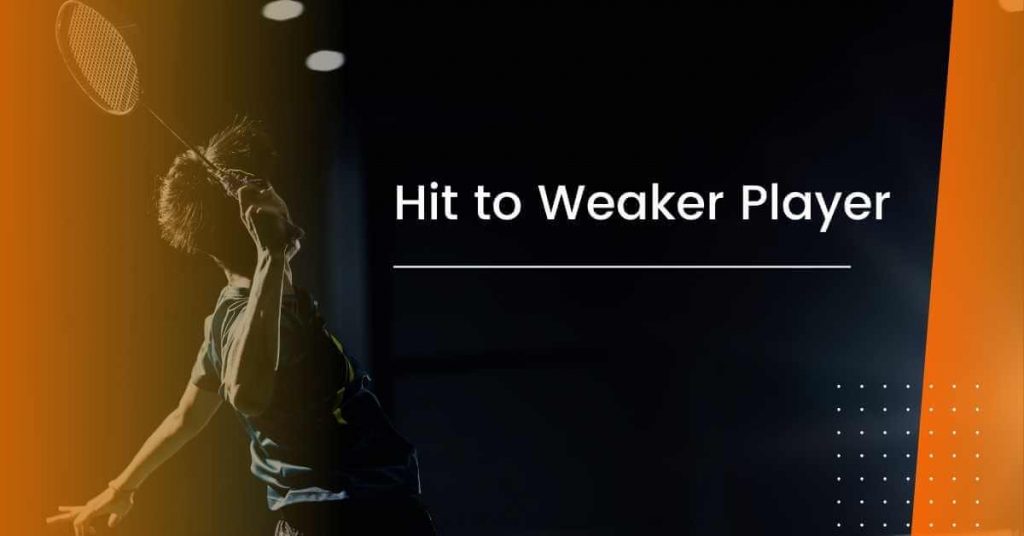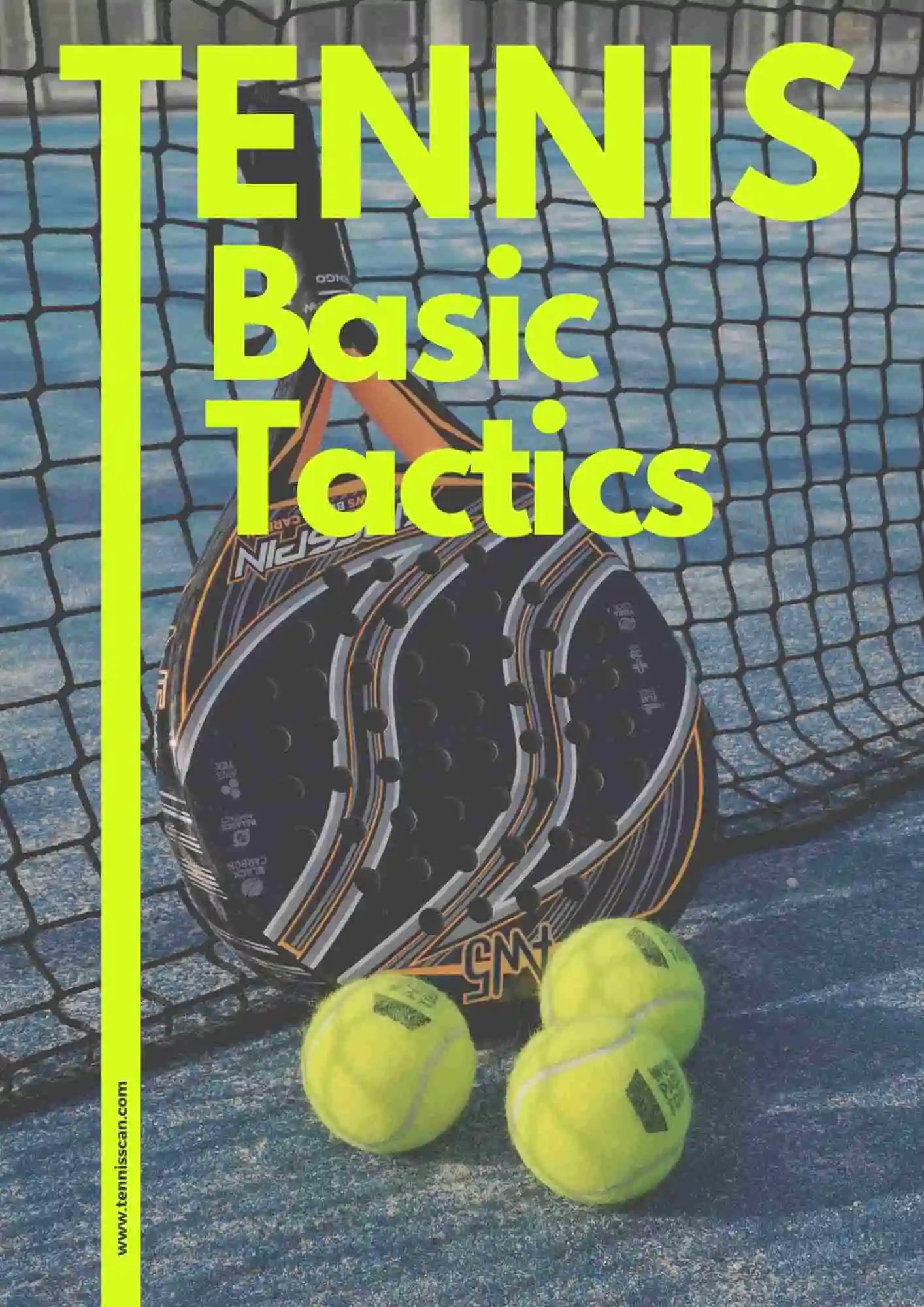Tennis is a sport in which “Love” equals zero and the scoring system for games, sets, and matches differs. That is to say, it can be perplexing. On the surface, most of us believe that playing doubles is easier than playing singles. However, the truth is completely different. If you’re new to tennis, playing doubles is a terrific way to get started.
When you play with a partner rather than alone, you don’t have to move as much ground. Furthermore, if you play with an expert partner, he may provide rapid feedback and advice when you make a mistake, allowing you to improve while playing.
- Double Tennis Serving Rules
- Basic Double Tennis Tactics
- Take Control of the Net:
- At the net, sway from side to side:
- Hit the Ball to the Feet of the Net Player:
- Deep in the court, hit groundstrokes:
- Backhand Volley Hit to Weaker Player:
- Setup for Standard Doubles
- Tangible benefits:
- Drawbacks:
- When should you utilize it?
- Tennis Communication in Doubles
Double Tennis Serving Rules
If your team is the first to serve, you or your partner may serve the first ball to start the game. If the opposing team serves first, one of them will serve to start the game. Then, in the second game, you or your partner will take the first serve. If your team serves the first game, the opponent will serve the second game, and the game will then be switched off.
If you’re player A and your partner is player B, and your competitors are players C and D, the order can be A, C, B, D, A, and so on. Alternatively, it may be B, C, A, D, B, and so on. If the other side serves first, the sequence could be C, A, D, B, C, A. The order persists until the set is ended, regardless of who starts playing on either team.
Basic Double Tennis Tactics

After determining which team will serve first, the serving team selects a player to serve in the opening game of the match. The methods listed below can be used in a variety of scenarios during a tennis match.
Read More About How to Get in Shape for the Tennis Court
Take Control of the Net:
Professional doubles tennis players, such as the Bryan Brothers, use this tactic frequently. It’s not uncommon to see points where both players finish the point within a few feet of the net. In a doubles match, if you can constantly take over the net, you will put pressure on your opponent. You can put them on their heels and make them try to hit bouncing pucks that are hard to attack. Volleys near the net are normally simpler to hit, therefore you’ll score more points. At the net, you have greater angles and can knock the ball down into the court.
At the net, sway from side to side:
When playing doubles, you must always use this tactic at the net. Move laterally at the net and pressure on your opponent, particularly when they are preparing to hit a groundstroke. Tennis players are trained not to hit the net player in doubles, therefore they will most likely try to adjust their shot’s direction or hit a more difficult shot.
Check Out Top 10 Sunglasses for Tennis Players
This might lead to a slew of unintentional blunders and annoy the opposing squad. You may also get an easy volley to win the point if you’re pretending.
Hit the Ball to the Feet of the Net Player:
A good volley from down low by your feet or ankles is considerably harder to attack than a volley from up high by your chest or shoulders. The opponent is at a big deficit when they hit the ball near their feet. Because they must hoist a hard volley back up over the net, they will generally miss the shot or pop the ball up.
Poaching and putting the ball away are advisable at this point. To get the ball to their feet, use powerful topspin on your groundstrokes to cause the ball to dip at their feet.
Deep in the court, hit groundstrokes:
Try moving the ball deep in the court while returning or hitting groundstrokes to drive your opponent back. You’ll be able to surge forward for the next shot as a result of this. So you’ve dragged them to their heels behind the baseline, and the competitor usually shoots a bad shot. You’ll have more time to assault from the net as well. With my forehand, I like to go for the deep corner towards the doubles alley.
Backhand Volley Hit to Weaker Player:
The backhand volley of almost every doubles player is weaker than the forehand volley. If you can hit a hard or low stroke at the weakest player’s backhand volley, you’ll almost certainly make them miss or gain a free shot next time. Unless some other evident shot is superior while both players are at the net, it should be the standard shot.

Setup for Standard Doubles
For both teams, the conventional doubles setup is one person at the net and one person behind. This is the most common and, in most situations, the best option. The net players are on opposite sides of the court. The baseliners will be able to hit deeper, more consistent groundstrokes across the court as a result of this.
Related to Win Doubles Tennis with a Weak Partner
Tangible benefits:
This configuration allows your team to see someone covers the lob while also having someone ready to attack any weak attempts from the net. Because they’re attempting a crosscourt shot, it also gives the baseline player greater room for error.
Drawbacks:
Net players who are wary of participating in this formation will be less likely to do so. This is a terrible thing since you want your competitor to have to go past the net player as much as possible. Also, if you’re playing a talented team, sticking to the regular setup allows them to get into a flow by providing them with easy crosscourt shots.
When should you utilize it?
I advocate using the configuration of the basic double 75-90 percent of the time and varying the looks below to throw the opposing team off. It’s only if you discover a clear flaw in the opposing team’s defense that makes a different alignment continuously more efficient.
Tennis Communication in Doubles
It’s all about collaboration in doubles. Have a conversation with your partner. Support them with supportive words. Think about your location and if you’ll become closer to the net or keep further back. When you and your partner are in rhythm, hitting well, and appreciating your time on the court, even if you’re not winning, doubles can be a lot of fun.
Enjoy the game!
